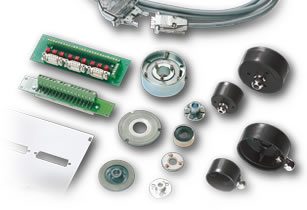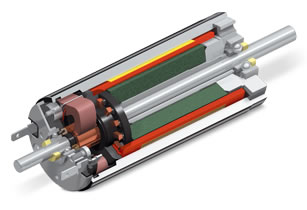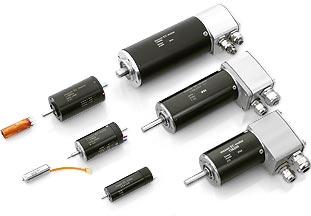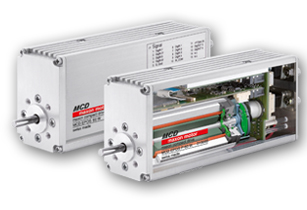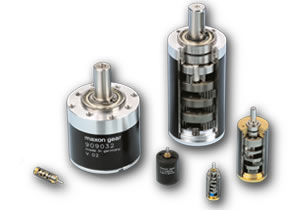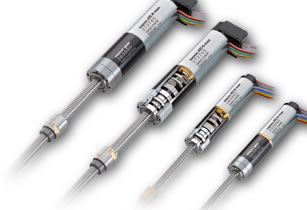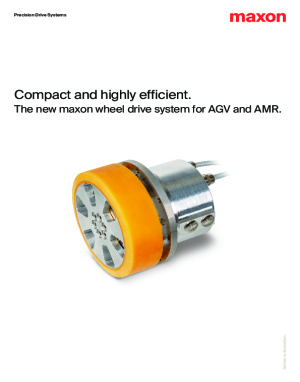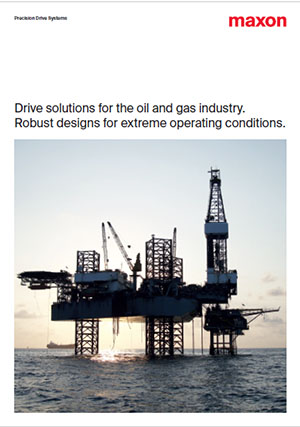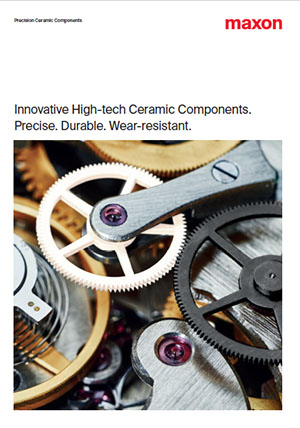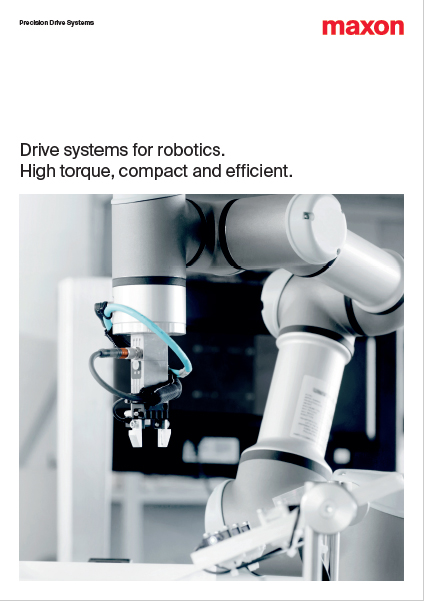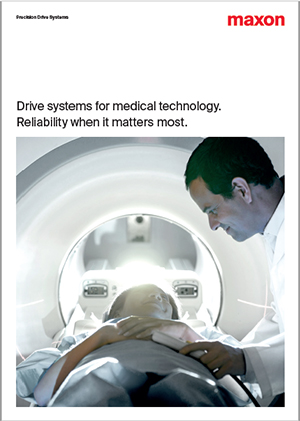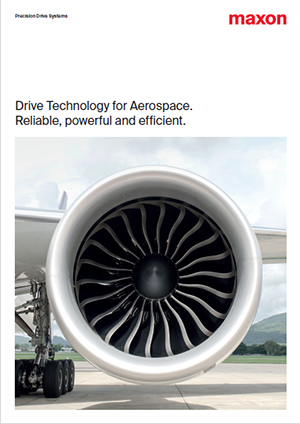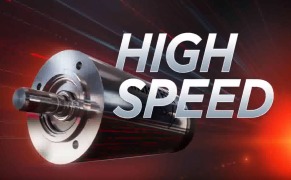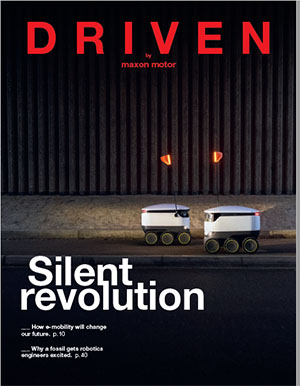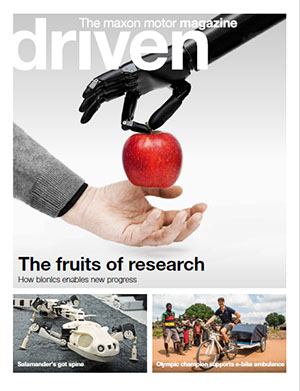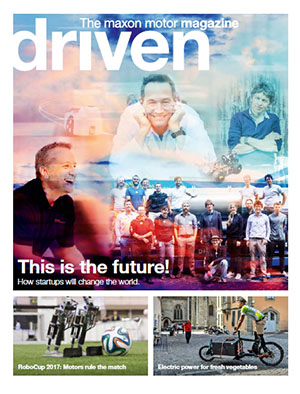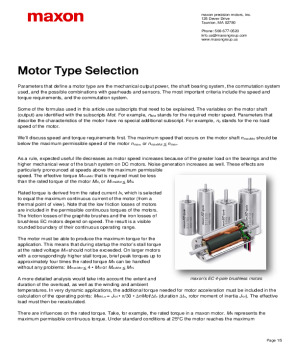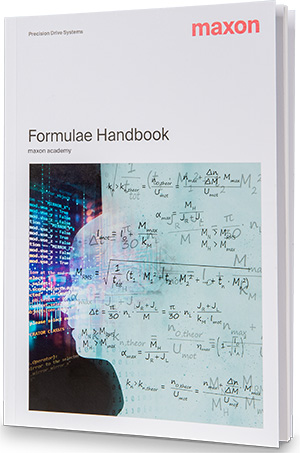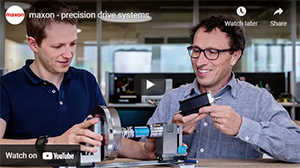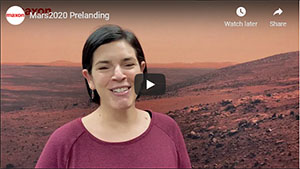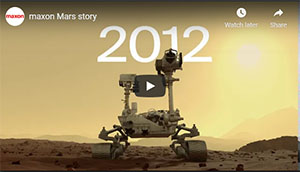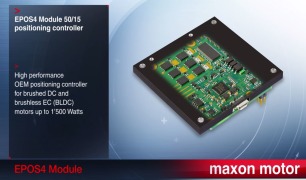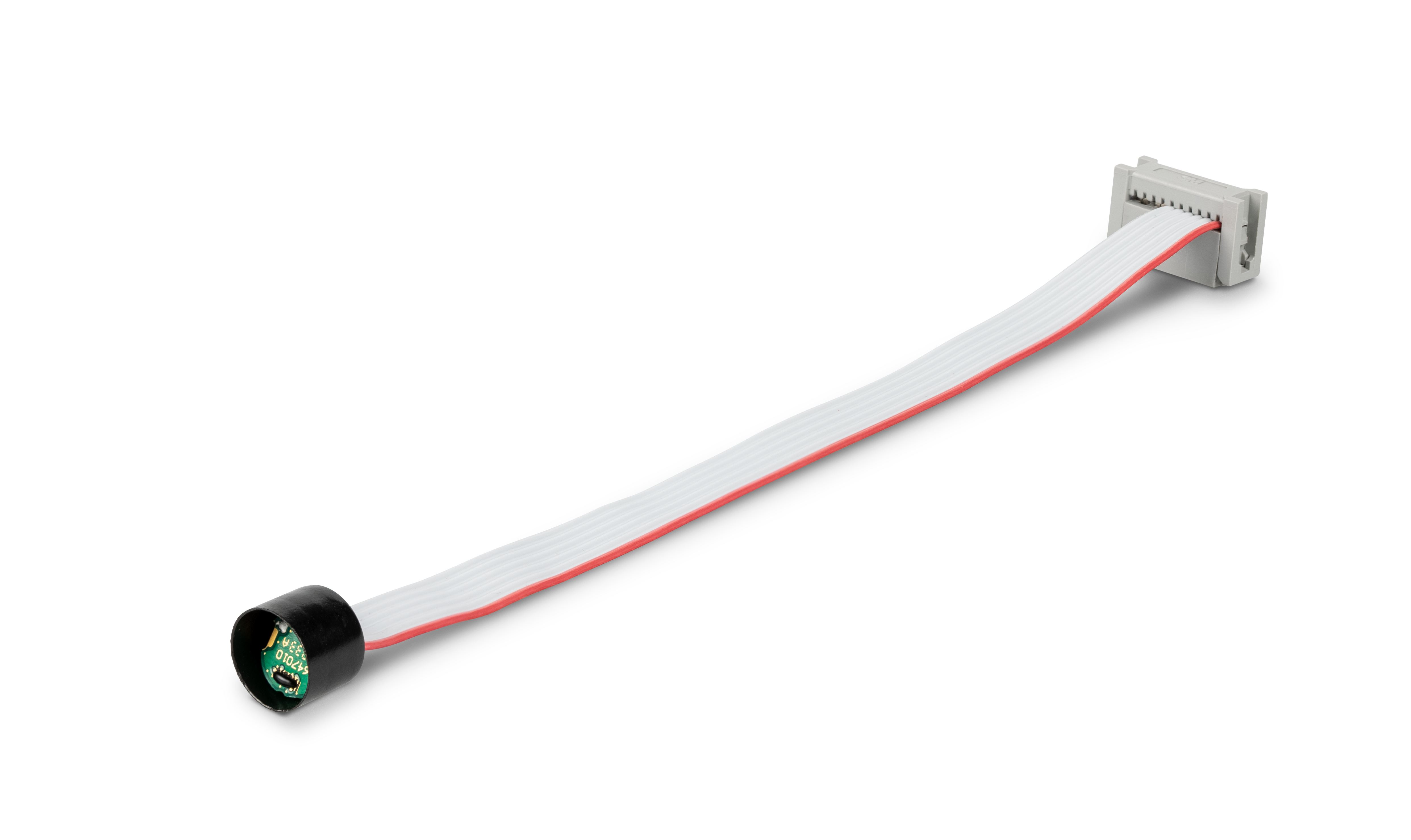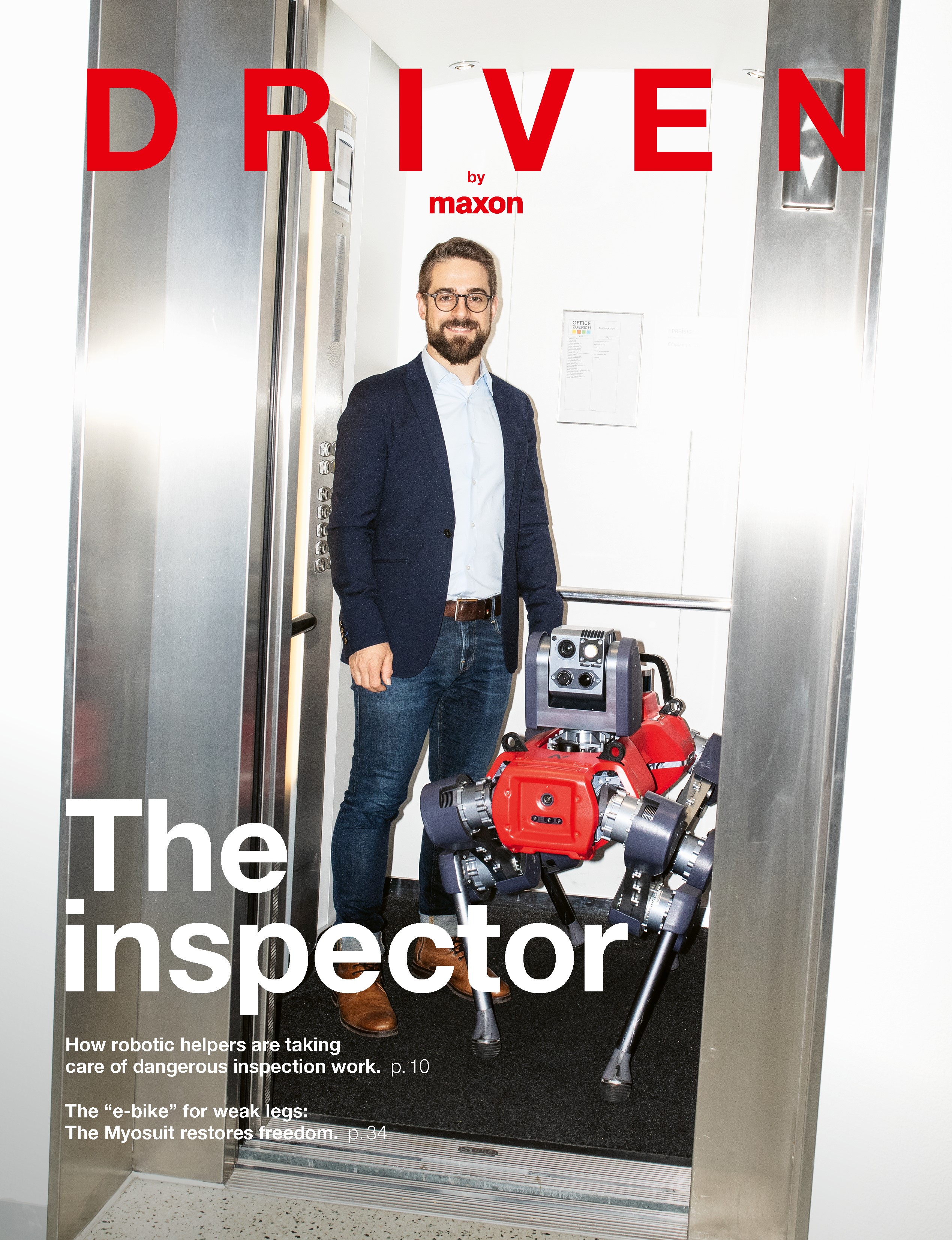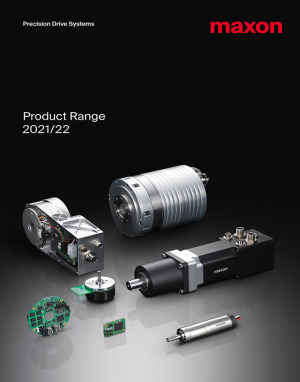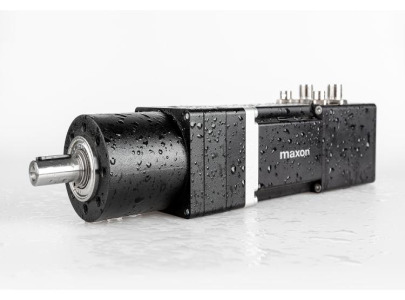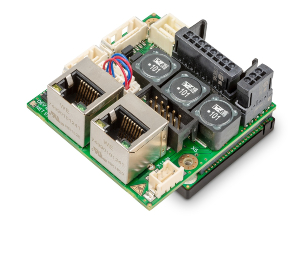Trap the trash
A spin-off from the Swiss Federal Institute of Technology in Lausanne (EPFL) has been given responsibility for a EUR 100 million project by the European Space Agency, ESA. ClearSpace SA now heads a consortium developing the first debris removal mission in the Earth’s orbital field.
A spin-off from the Swiss Federal Institute of Technology in
Lausanne (EPFL) has been given responsibility for a EUR 100 million project by
the European Space Agency, ESA. ClearSpace SA now heads a consortium developing
the first debris removal mission in the Earth’s orbital field.
Our lives are becoming more and more dependent on space
technologies. We use satellites for meteorology, communications, navigation,
and observation of disaster areas. According to the European Space Agency, ESA,
around 40% of modern-day mobile applications rely on satellite and space
technology. However, this infrastructure is at risk.
95% of all objects in low-Earth orbit, which is to say at
altitudes between 200 and 2000 kilometers, are defective and no longer
controllable. They are space debris—such as jettisoned rocket stages, solar
panels (including those from satellites), tools, paint chips, and particles of
solid fuel. This debris poses a risk to active satellites and to future space
missions and their crews. Even the International Space Station has had to
maneuver to avoid space debris on several occasions.
Constellations of mini-satellites
The situation is becoming more urgent due to the new satellites
that continue to be placed in orbit. Whereas only 50 spacecraft were sent into
orbit each year between 2009 and 2012, 800 are scheduled for the current year,
and the trend is upward. In the future, most of the new arrivals in space will
be nanosatellites, as part of network constellations. For example, the company
OneWeb began to build a constellation of around 650 mini-satellites in 2019.
Their aim is to enable internet access even in the most remote locations on
Earth. Projects like this, as well as the emerging field of space tourism,
necessitate the removal of space debris.
With over 34,000 human-made objects currently registered
with diameters exceeding ten centimeters, we have reached a critical juncture.
If humanity doesn’t do anything about it, an estimated 140,000 objects of junk
will accumulate in orbit by 2065. This is because the collision of two objects
creates a debris field with a multitude of parts. There is a risk of a
dangerous chain reaction.
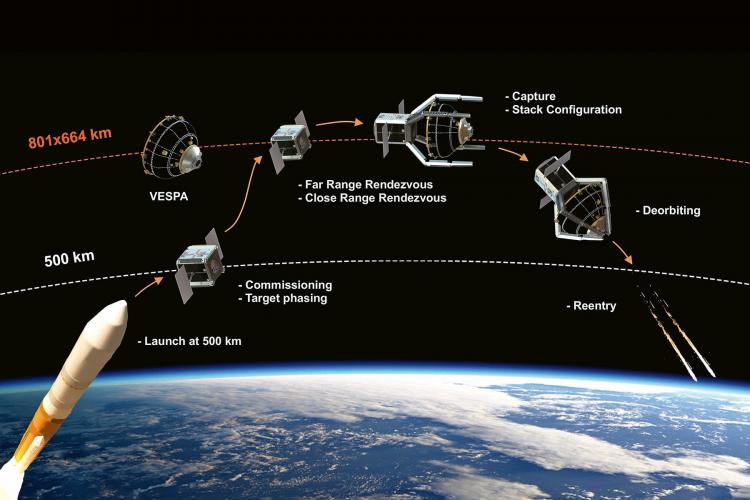 ClearSpace’s first debris removal mission could proceed as shown here. Currently the company is working with maxon drives consisting of the DCX 22 L direct current motor and the GP 32 HP planetary gearhead.
ClearSpace’s first debris removal mission could proceed as shown here. Currently the company is working with maxon drives consisting of the DCX 22 L direct current motor and the GP 32 HP planetary gearhead.
First debris removal mission by the ESA
Now a Swiss “disposal satellite” is set to do the
groundbreaking work of removing a debris object for the first time. Planned for
2025, the ClearSpace One mission, directed by the startup of the same name,
will capture the discarded...
+ Read more
First debris removal mission by the ESA
Now a Swiss “disposal satellite” is set to do the
groundbreaking work of removing a debris object for the first time. Planned for
2025, the ClearSpace One mission, directed by the startup of the same name,
will capture the discarded VESPA upper stage (VEga Secondary Payload Adapter)
from a rocket launched in 2013 and guide it into the Earth’s atmosphere.
The prototype of this space cleaner will use a “chaser”
consisting of four robotic arms to grab and move the disused upper stage at an
altitude of 720 kilometers. Twelve maxon drives operate the tentacle-like arms
of ClearSpace One. After that, the captured rocket stage will be positioned
such that it can be decelerated out of orbit. This procedure will use jet
engines on several sides. During a controlled reentry, both the VESPA and the
ClearSpace One will burn up in the atmosphere—the biggest “incineration plant”
ever.
The idea is that future disposal satellites will repeat this
procedure as often as possible. They will also carry away heavier objects in
low-Earth orbit to free up space for subsequent space operations.
The researchers at the EPFL Space Center in Switzerland have
been working on space debris capture systems since 2010. The engineering
knowledge they have gained over the years went into the development of
ClearSpace One. In 2017, the project was spun off, resulting in the founding of
ClearSpace SA, which began its operations in the maxon lab at the EPFL. As Luc
Piguet, CEO and cofounder of ClearSpace SA, observed, “The maxon lab is a hub
for technology transfer, making it ideal for startups.” The growing team at
ClearSpace has been enhanced by specialist consultants from leading space
agencies and companies with mission experience. The advisory board includes
luminaries such as Jean-Jacques Dordain, former Director General of the ESA,
and Swiss astronaut Claude Nicollier.
It is remarkable for a startup to be given responsibility
for a EUR 100 million project. In 2019, ClearSpace prevailed single-handedly
against Airbus, Thales Alenia Space (France), and Avio (Italy). Luc Piguet
said, “Although we had great confidence in the application we submitted, we
were surprised to be allowed to take the lead over a project consortium on our
own.” He remained pragmatic, however: “We’ve taken economic considerations into
account right from the beginning.” The costs incurred by each de-orbit should
be as low as possible. This won over the ESA. Piquet added with a modest smile,
“We’re taking on a big responsibility.”
ADRIOS program
The ClearSpace One mission is part of the ESA’s space safety
program ADRIOS (Active Debris Removal / In-Orbit Servicing). Its aim is to
begin the removal of potentially dangerous space debris. It is hoped that this
will pave the way for further missions that will contribute to the responsible
development of space. Eight ESA member states, including Switzerland, are
providing EUR 86 million for the project. The remaining EUR 14.2 million is
coming from sponsors.
A 3D animation of all the pieces of debris orbiting the
Earth can be viewed at stuffin.space
- Read less
Published by maxon on Oct 20, 2020

maxon
www.maxongroup.us
E: [email protected]
T: (508) 677-0520
F: (508) 677-0530
Address
125 Dever Dr
Taunton, MA
02780
United States
View map











